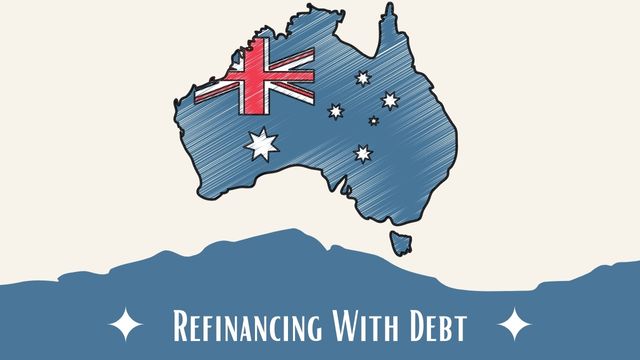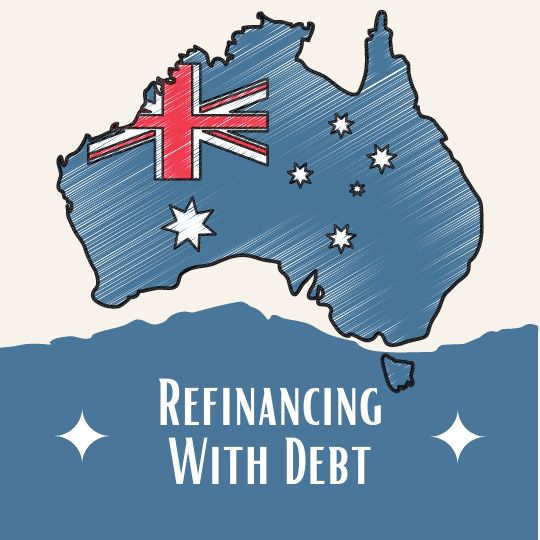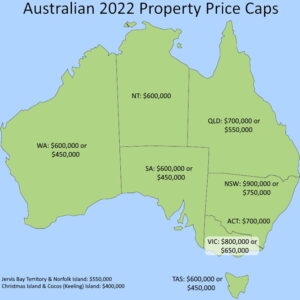A common question from clients I get asked is “Can I use my super fund as a home deposit as a first home buyer?” and unfortunately, many of these people are left disappointed. On this page, I will go over who can use their super and how to prepare it so you aren’t disappointed like the others.
Unfortunately, it isn’t as simple as using your current super balance. You’ll need to be making voluntary contributions to your super yourself or by salary sacrifice while following the required process to be able to withdraw the funds when required for a home in Australia.
The First Home Super Saver Scheme

Starting from the 1st of July 2017, people have been able to make both voluntary before and after-tax contributions into their super fun to save for their first home with this scheme. Up to a maximum of $50,000 can be withdrawn, but this has to be from funds you have deposited or associated earnings from these funds in your super.
Be warned though, the maximum each person is able to contribute to this scheme each year is $15,000. However, when making the purchase of the property you and others are able to withdraw your own part from this scheme and combine them together. This means if a husband and wife each reached the limit of $50,000 each, they would be able to withdraw it and spend $100,000 towards their first home.
The benefits of using the First Home Super Saver Scheme are:
- Voluntary Before Tax Contributions.
- Potential to get associated earnings before the release of the funds.
- Multiple people can combine their scheme release for a single property.
- Can be used with the First Home Owners Grant.
There are some items you need to be aware of though. Funds are not released quickly, it can take between 15 and 20 business days to receive the funds. This also cannot be used to purchase an investment property as you need to intend to occupy the premises for at least 6 months within a 12-month period and have not owned property in Australia previously.
A determination is also required before getting access to the funds. It is also worth noting that if you have a Commonwealth debt such as a tax debt, they may take the funds from this scheme to pay it.

One other benefit of this scheme is the ability to use the First Home Owners Grant in conjunction with the First Home Super Saver Scheme. Different states may also have different grants which may be similar to the First Home Owners Grant that you may be eligible for.
You can learn more about the First Home Super Saver Scheme and get the most up-to-date information by visiting the Australian Tax Office website. This will provide you with up-to-date information about the scheme and the full eligibility requirements to help determine if it is the right fit for your first home saving goal.
Make sure to speak to your tax accountant who is vital to ensure you’re making the right decision regarding your tax affairs. They will help guide you if you’re trying to maximise or reduce the amount of tax paid within a financial year using this scheme.
Are you starting to look at your options when buying your first home? Reach out to me at Read Finance and see how I can help you.









